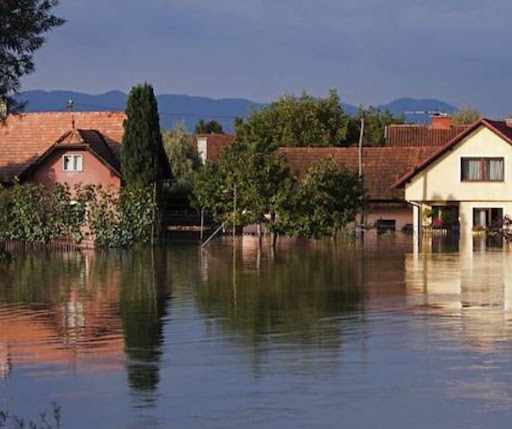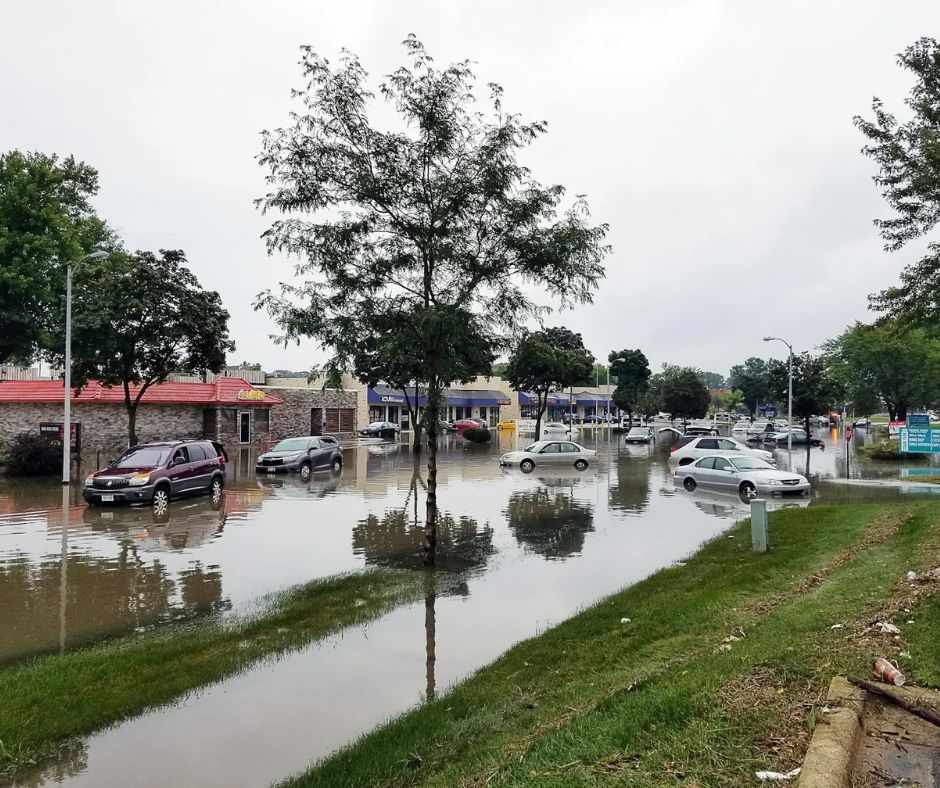
Natural disasters are unpredictable, and floods are among the most devastating. Whether caused by heavy rains, hurricanes, or rapid snowmelt, flooding can result in significant property damage, leaving homeowners with unexpected expenses. Many people assume their standard homeowner’s insurance covers flood damage, but this is often not the case. That’s where homeowners insurance flood coverage becomes essential. So, do you need flood insurance? This guide will explain what flood insurance covers, who needs it, and how it complements standard homeowner’s insurance to ensure more comprehensive protection.
Understanding Standard Homeowners Insurance Coverage
Homeowners coverage is essential for defensive your house in opposition to diverse dangers, which include hearth, robbery, and liability claims. However, maximum general guidelines do no longer encompass flood harm. This exclusion can go away homeowners at risk of monetary loss if a flood occurs.
While your policy might cover water harm from burst pipes or a leaky roof, it received’t pay for harm due to growing water from external assets. That’s in which flood coverage comes into play.
What Does Flood Insurance Cover?
Flood coverage is a specialised policy designed to cowl damages resulting from flooding. It typically falls below classes:
1. Building Coverage
The structure of your home, including walls, floors, and basis
Electrical and plumbing systems
HVAC structures, including furnaces and water warmers
Appliances like fridges, stoves, and dishwashers
Permanently set up carpeting, shelves, and paneling
2. Contents Coverage
Personal belongings, which includes furniture, electronics, and garb
Curtains and window remedies
Portable appliances like microwaves and washing machines
Valuables consisting of paintings and jewellery (up to policy limits)
It’s critical to observe that flood insurance does now not cover the entirety. For instance, damage to landscaping, decks, and swimming pools is generally now not blanketed. Additionally, transient housing expenses if your home is unlivable due to flooding are not blanketed.
Who Needs Flood Insurance?
You would possibly assume you’re safe if you don’t live close to a frame of water, but floods can happen everywhere. According to the Federal Emergency Management Agency (FEMA), greater than 20% of flood claims come from low- or mild-hazard regions. Here’s how to decide in case you want flood insurance:
1. High-Risk Areas
If you live in a excessive-threat flood area, your mortgage lender may additionally require you to have flood insurance. These regions, specific through FEMA, have a higher chance of flooding.
2. Moderate- to Low-Risk Areas
Even if you’re now not in a excessive-threat zone, you would possibly nevertheless remember flood coverage. Many homeowners mistakenly count on they don’t need it, most effective to go through luxurious damage whilst an unexpected hurricane or overflowing drainage device reasons flooding.
3. Coastal and Hurricane-Prone Regions
If you live near the coast or in a place prone to hurricanes, you’re at a higher threat of typhoon surges and heavy rainfall. Flood coverage can offer peace of thoughts and monetary safety.
4. Urban and Newly Developed Areas
Urbanization can increase flood dangers due to inadequate drainage systems. If you live in an area with latest construction or development, your house might be extra susceptible to flooding.
How to Obtain Flood Insurance
Flood insurance is commonly no longer supplied by using non-public insurers as part of widespread property owner regulations. Instead, maximum guidelines are supplied via the National Flood Insurance Program (NFIP), managed via FEMA. Here’s how to get it:
Step 1: Assess Your Risk
Use FEMA’s Flood Map Service Center to check in case you live in a flood-inclined location. This will help decide the level of threat and whether flood coverage is required.
Step 2: Contact an Insurance Agent
Flood insurance is to be had via NFIP-taking part coverage marketers. If you already have owners coverage, check together with your provider to look in the event that they provide NFIP guidelines.
Step 3: Choose Your Coverage
Decide on the insurance quantity for each building and contents. Keep in mind that NFIP has most insurance limits:
Building Coverage: Up to $250,000
Contents Coverage: Up to $one hundred,000
If your house’s cost exceeds those limits, you might want to explore non-public flood insurance alternatives for additional protection.
Step 4: Understand the Waiting Period
Most NFIP guidelines have a 30-day ready length before insurance takes impact. Don’t wait until a hurricane is approaching—plan beforehand to make sure protection.
Cost of Flood Insurance
The fee of flood coverage varies depending on several factors:
Your home’s location and flood hazard level
The elevation of your own home
The quantity of insurance selected
Whether you choose NFIP or private insurance
Premiums can range from some hundred to several thousand greenbacks consistent with 12 months. Homes in excessive-chance regions have a tendency to have higher charges, while the ones in low-chance zones may pay much less.
Alternatives and Additional Protection
If NFIP insurance is inadequate to your needs, you could bear in mind personal flood coverage. Some blessings of personal policies include:
Higher insurance limits
Additional residing expenses (ALE) insurance
Shorter waiting durations
More flexible coverage options
Additionally, owners can take preventive measures to lessen flood risks, which include:
Elevating their domestic or appliances
Installing sump pumps and backflow valves
Improving landscaping to direct water far away from the inspiration
Conclusion
Floods can cause catastrophic damage, and many homeowners are unprepared. While standard homeowners insurance does not cover flood damage, flood insurance can provide the financial protection you need. Whether you live in a high-risk area or not, evaluating your flood risk and considering a flood insurance policy is a smart investment. Understanding the connection between water damage and home insurance is key—many types of water damage may be covered, but flood-related incidents usually require separate coverage. Don’t wait for disaster to strike—explore your policy options today to safeguard your home and belongings.











Write a comment ...